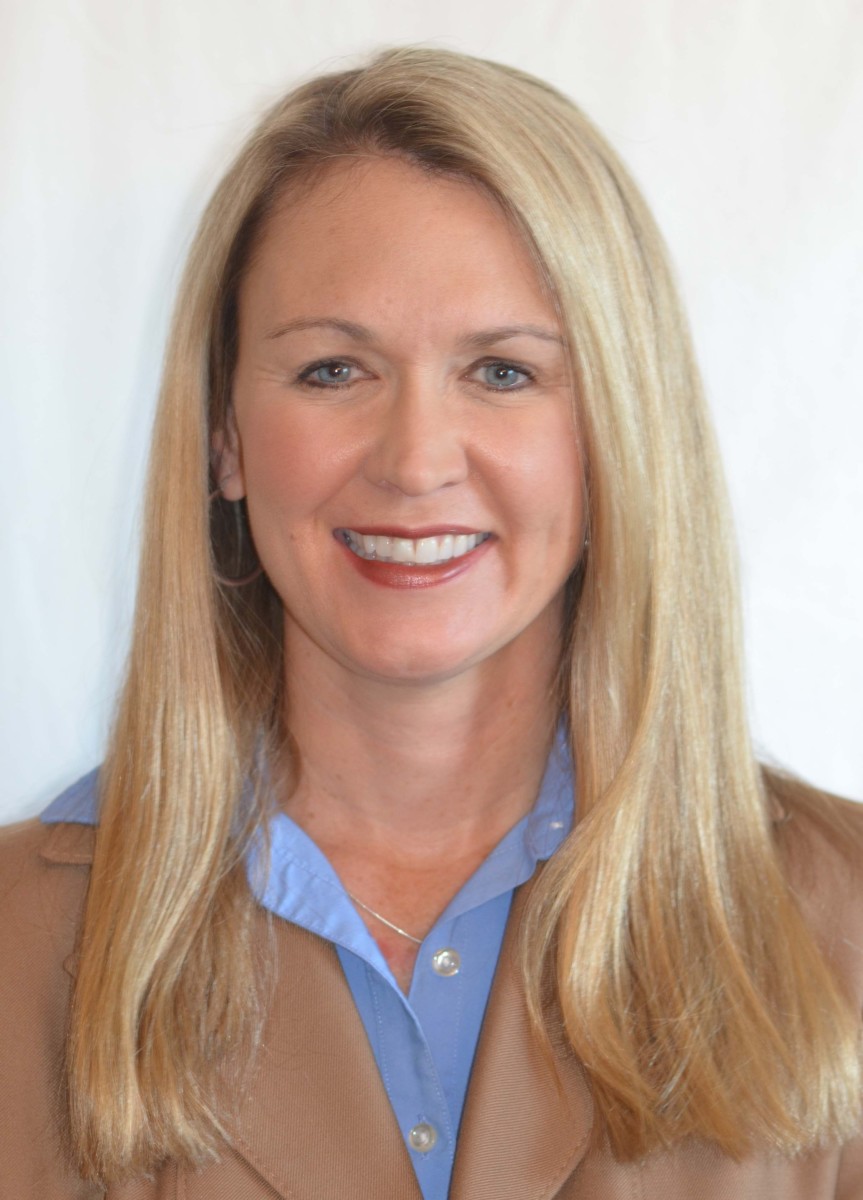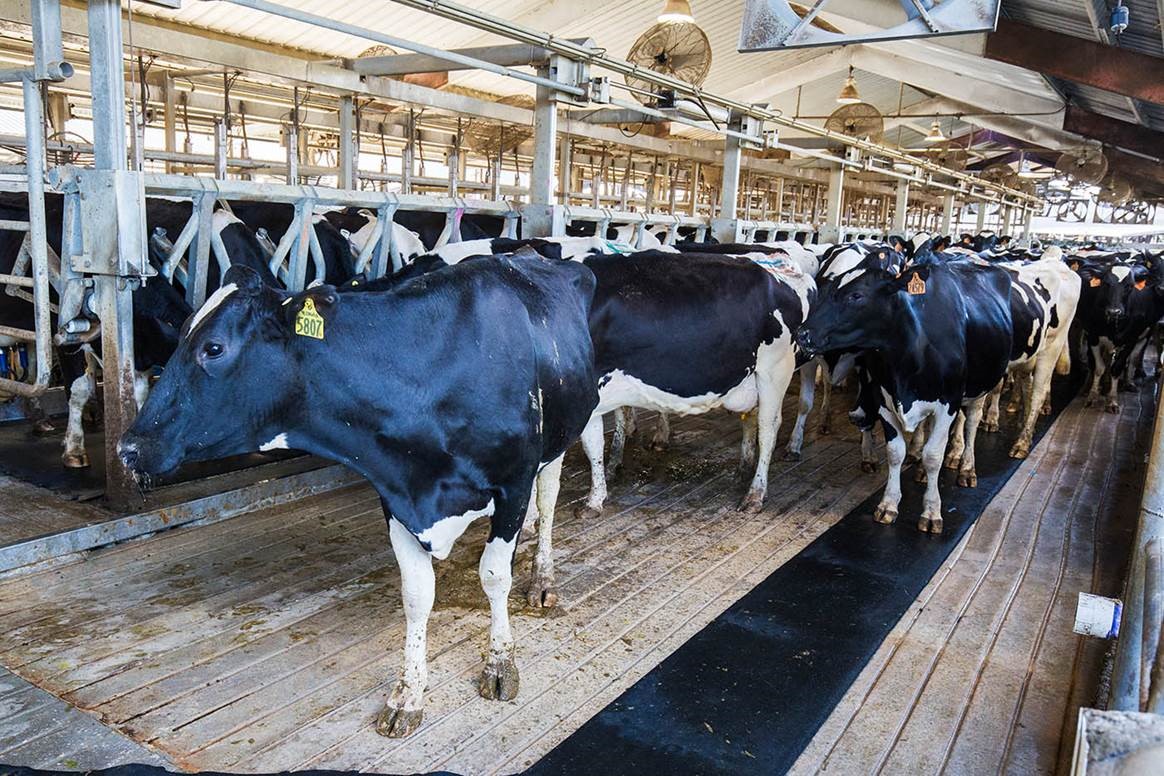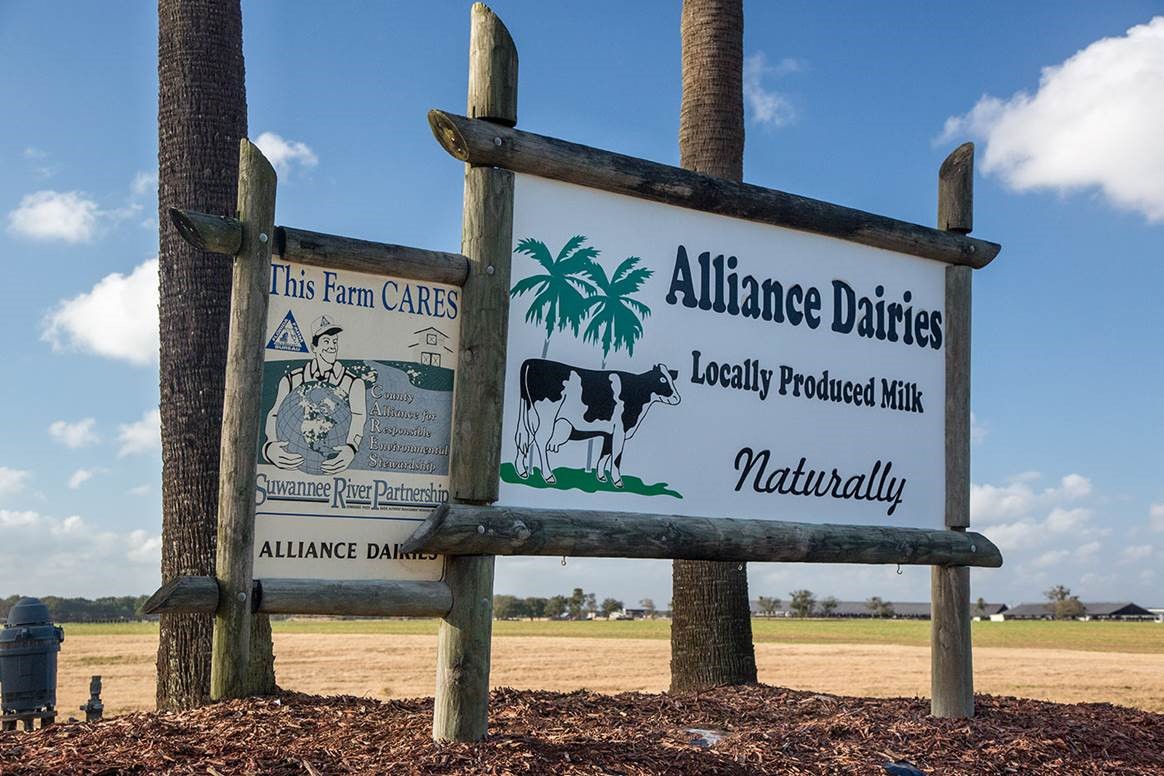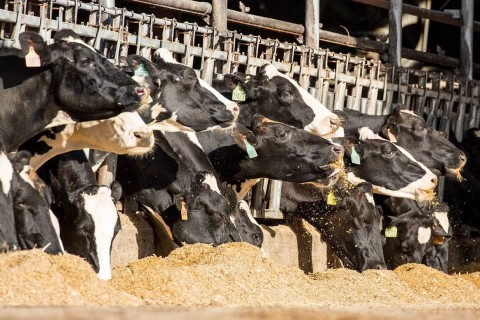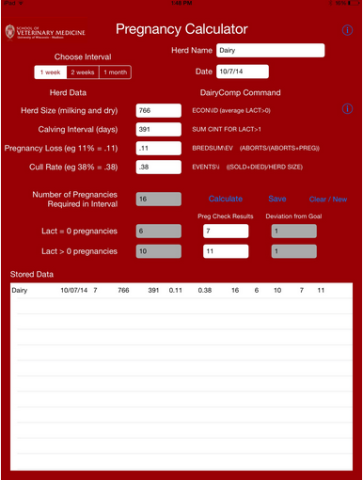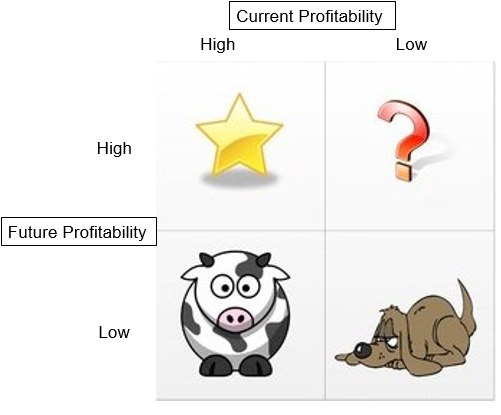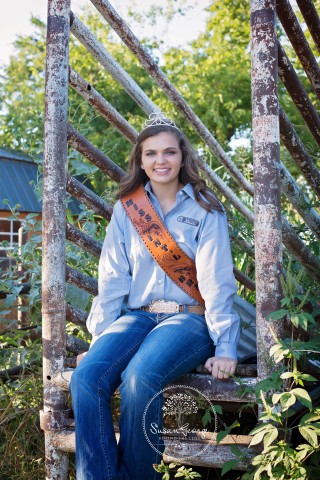It’s National Dairy Month! What has JMB North America been doing to celebrate? We’ve been eating cheese, drinking milkshakes and interviewing really awesome dairy producers.
Jan Henderson, CEO of Alliance Dairies Group, has recently picked up the reigns from her father and is pushing forward with continued plans for a sustainable and profitable operation. Read on to find out how this young entrepreneur found her place in today’s dairy industry.
JMB: How long has Alliance Dairies Group (ADG) been in operation?
Jan Henderson (J.H.): Alliance started in 1990 as a 2,500-cow dairy farm.
JMB: How many mature cows does ADG have today?
J.H.: We have about 6,000 mature cows at Alliance, which is our freestall dairy, and 5,500 cows at our combined (three) grazing operation Alliance Grazing Group.
JMB: Is ADG a freestall or grazing operation?
J.H.: Alliance was the first farm and is now 100% freestall. We later added grazing dairies where cows are housed under irrigation pivots and misters run to cool them during the hot summer months.
JMB: Why did ADG choose to incorporate grazing dairies?
J.H.: It would have been very difficult to permit another Alliance Dairy due to public perception, so we moved to grazing dairies which are more publicly accepted in the community.
JMB: What type of parlor(s) do you use?
J.H.: At the freestall dairy, we use two double 40 parallel parlors. At one grazing dairy we use a 26 double parallel and the other two we use swing 60s, which I would not recommend.
JMB: Do you have a processing facility onsite or ship the milk elsewhere?
J.H.: We are members of Southeast Milk Cooperative. They truck and market our milk, so there is no processing onsite.
JMB: What steps does ADG take to increase sustainability and good land stewardship?
J.H.: Sustainability starts with profitability. You can’t be sustainable if you’re not profitable. We strive to be a low-cost producer, and we participate in risk management by hedging our milk and feed. We participate in a lot of new technology. In 2012, we built an anaerobic manure digester, which allows us to use cow manure to produce 70% of our farm’s electricity needs. We recently completed a denitrification pond. This will allow us to capture excess nitrates that escape the root zone before they move to the aquifer. Installation of low pressure drop nozzles in 11 of our spray fields has decreased evaporation and improved the coverage of the nutrients on the crop. We also produce compost from the manure solids and sell them as a soil amendment. We recently began accepting grease trappings from a rendering company and are using that substrate to generate additional methane gas within the digester. We are partnered with CAMCO and sell carbon credits that are created by flaring excess gas at the digester.
JMB: How does ADG help educate the public?
J.H.: For years, we’ve hosted school field trips and numerous other dairy farmers from across the world. This year we also started hosting farm tours the last Friday of the month to anyone who signed up. We have a website and participate in social media. I encourage anyone reading this blog post to “like” our Facebook page!
JMB: How does ADG ensure cow health and well-being?
J.H.: We participate in an annual animal welfare audit through our milk cooperative. We also have a nutritionist who helps us balance our cow diets and we have a veterinarian on staff. Animal welfare is very important to us; if we don’t take care of our cows, our cows won’t take care of us.
JMB: Is ADG a family operation?
J.H.: We have a family farm culture. Even though we are large in size, we have an open-door policy and have several brothers working alongside brothers and cousins working alongside cousins. An example of this: Recently one of our employees was hospitalized for an extended period, and we sent a crew over to help do yard work while he was out.
JMB: Have you been the CEO since the company’s conception? If not, how did you come into this role?
J.H.: Alliance Dairies Group is a partnership between my father Ron and Sandy Mc Arthur, and my dad has been the managing partner up to his recent retirement on
Jan 1, 2016. I worked 12 years at Farm Credit as a loan officer and team leader, and have been on the dairy since 2010. Prior to my arrival at the dairy, I had limited dairy experience besides washing out water troughs and digging out cattle gaps during my teenage years. Thankfully, I mastered those tasks and did not need to prove myself once again! I learned very quickly there are a lot of moving parts to our operations, and it takes very dedicated and skilled people to be successful. I continue to learn new things every day.
JMB: What have been the greatest lessons you’ve learned through working on a dairy?
J.H.: I’ve learned the inner connectivity of all the departments on the farm. Each department can positively or negatively impact others. We’re one big team, and teamwork is necessary for the greatest success.
JMB: What is your number one priority as CEO of ADG?
J.H.: My major priority is keeping our employees happy, productive and safe.
JMB: If there was one thing you could communicate to the general public about the dairy industry, what would it be?
J.H.: I would communicate that people do not realize the skill set required of our labor force to produce high-quality milk.
JMB: What do you love most about what you do?
J.H.: I enjoy being part of a great team of managers and employees. It’s unbelievable what can get done when everyone works together. I love team work!
JMB: If we are allowed to know, does ADG have any exciting ventures coming down the pipeline?
J.H.: We have plans to build a 1,000-cow freestall barn at Alliance.
JMB: Anything else for our readers?
J.H.: A lot of dairy farmers have great stories, and everyone including Alliance needs to make sure we tell our stories to the general public. I know it’s hard for us to pat ourselves on the back, but we really need to get our stories told.

